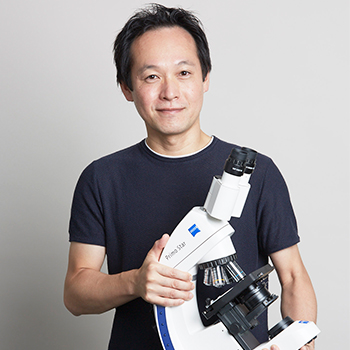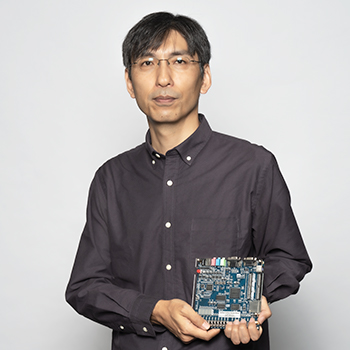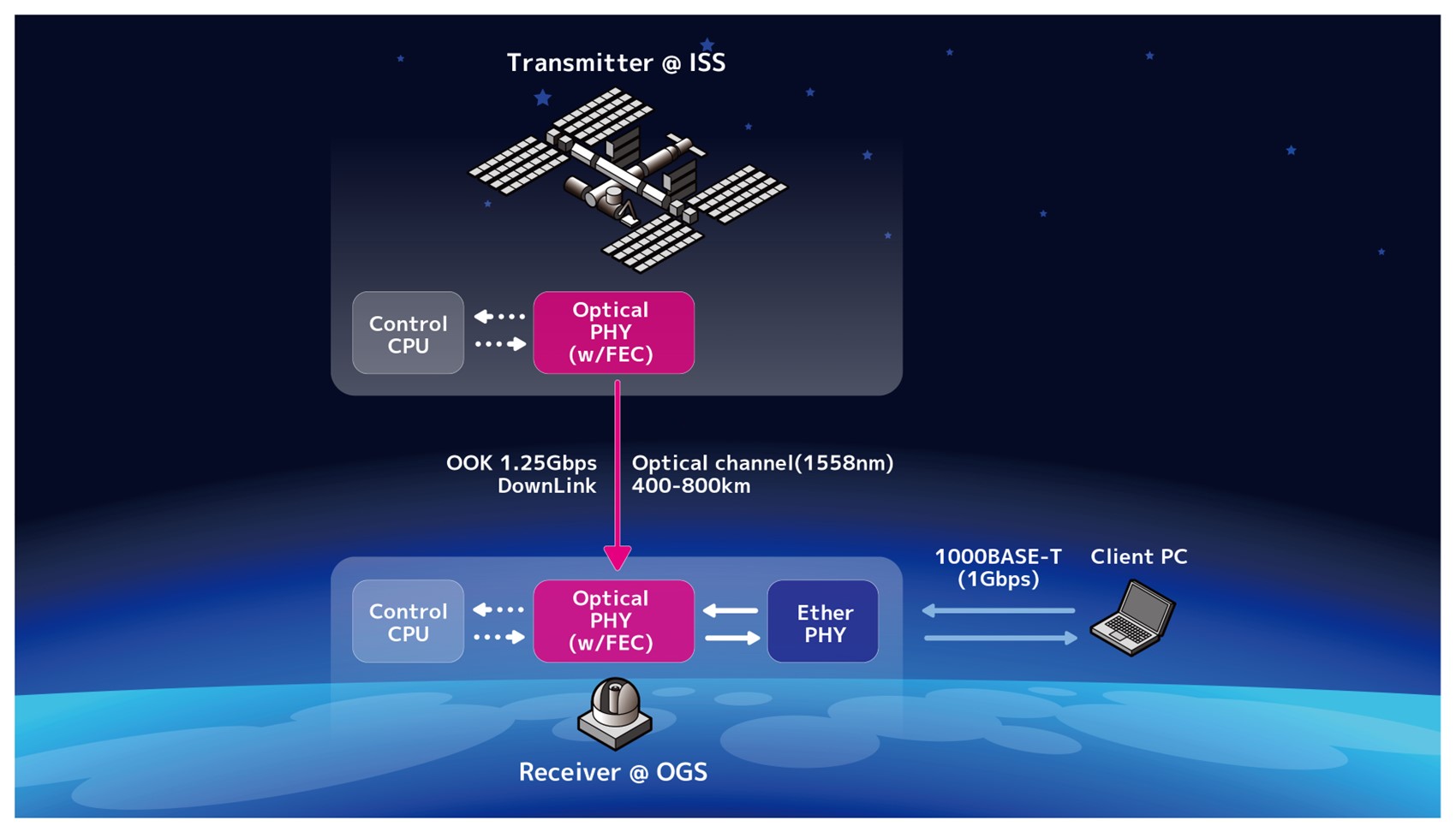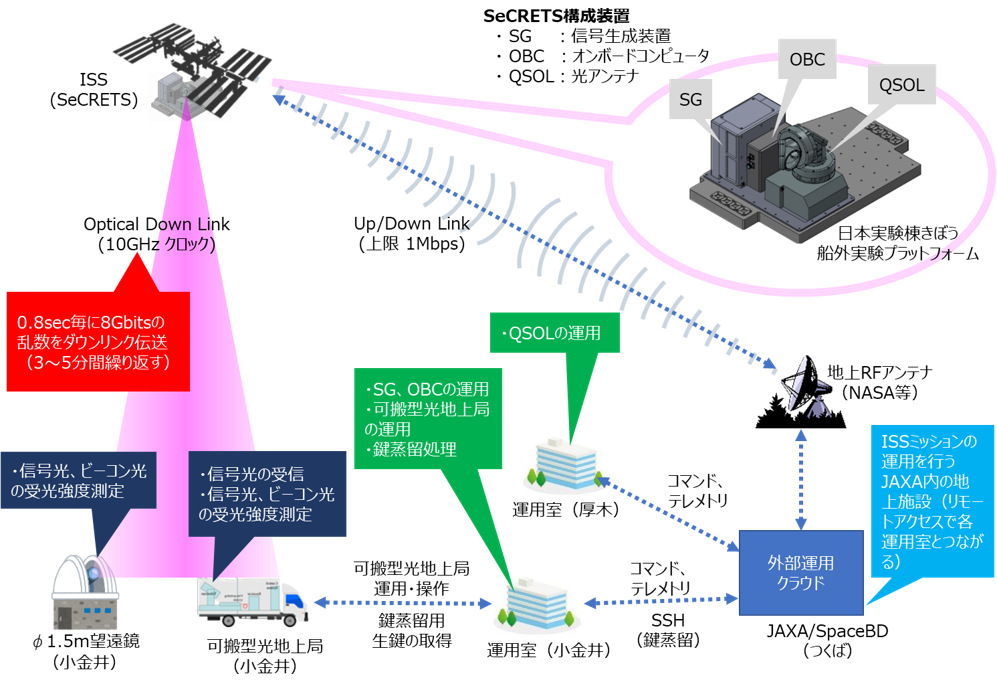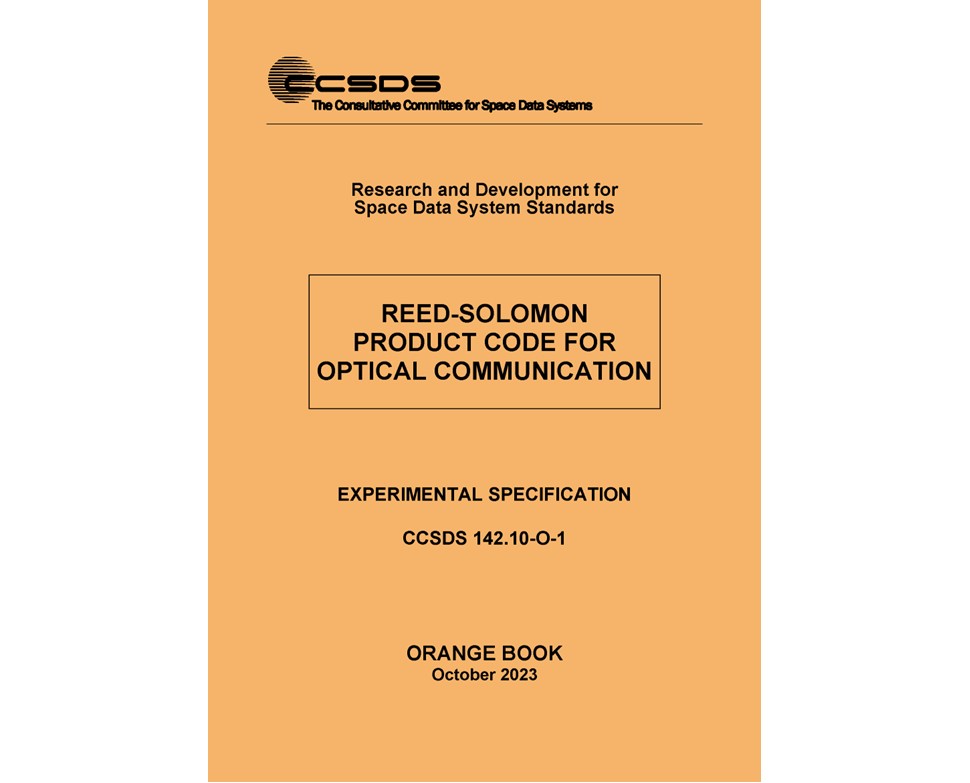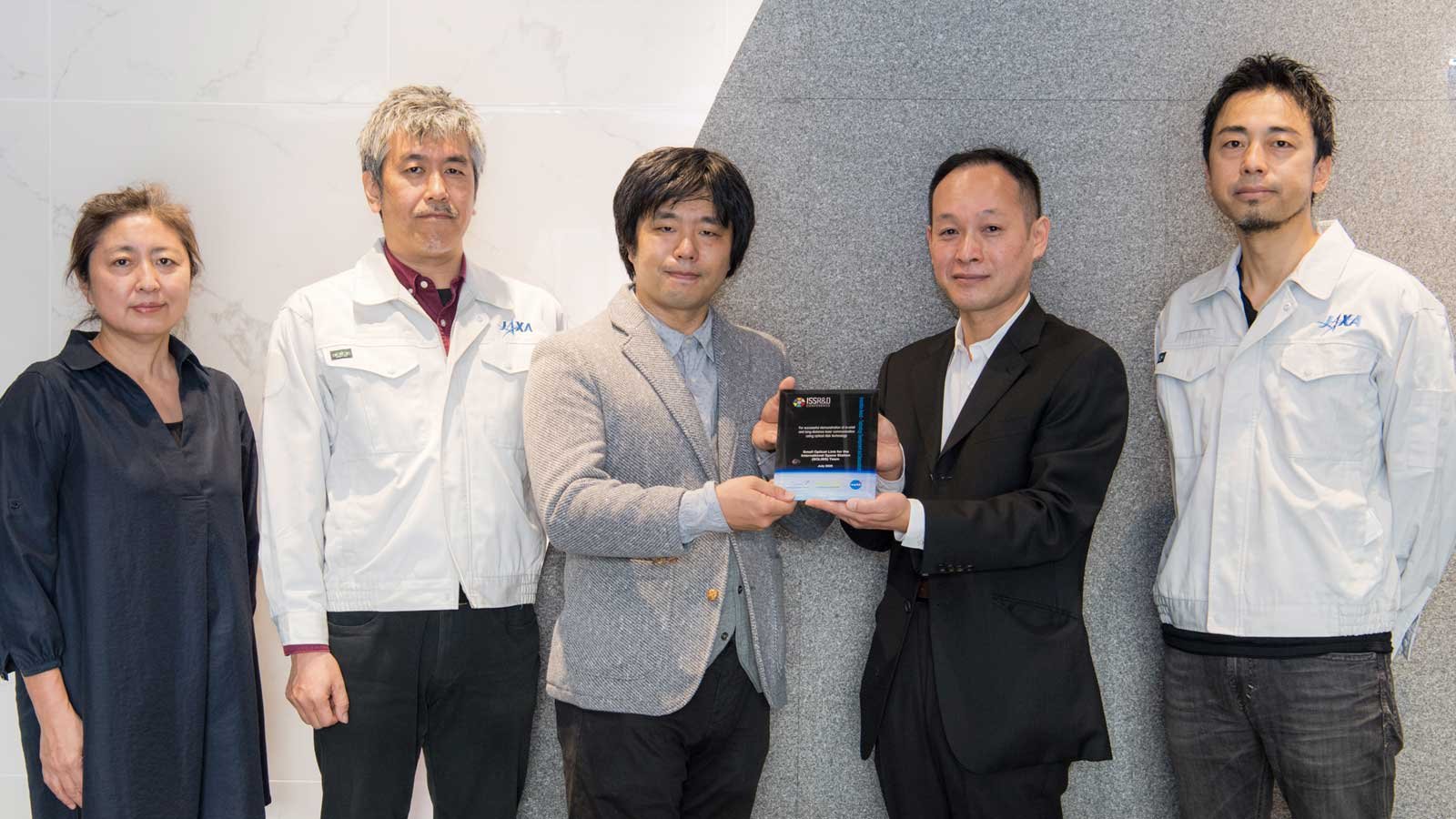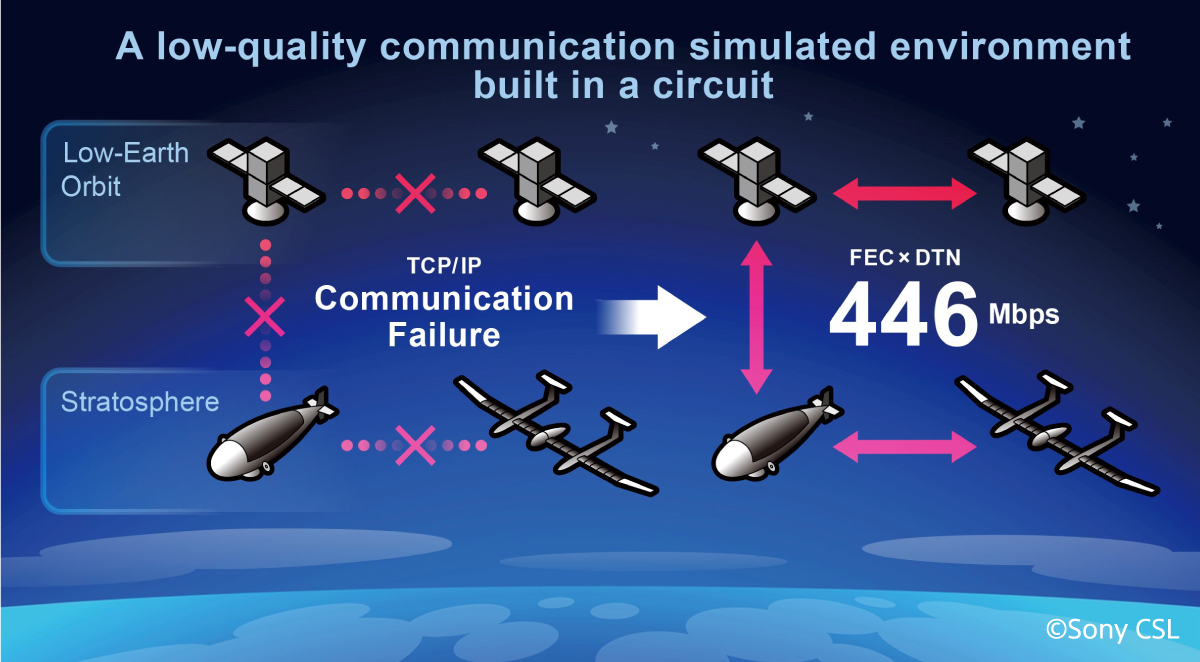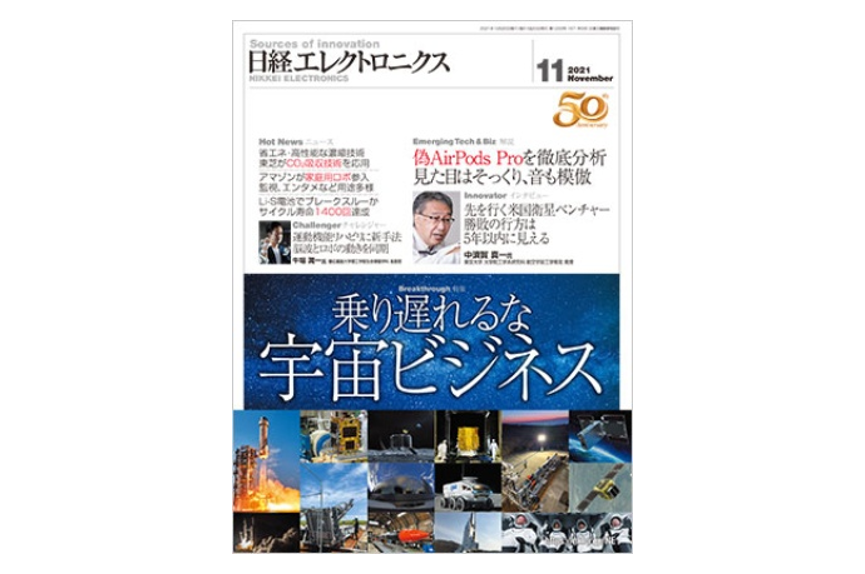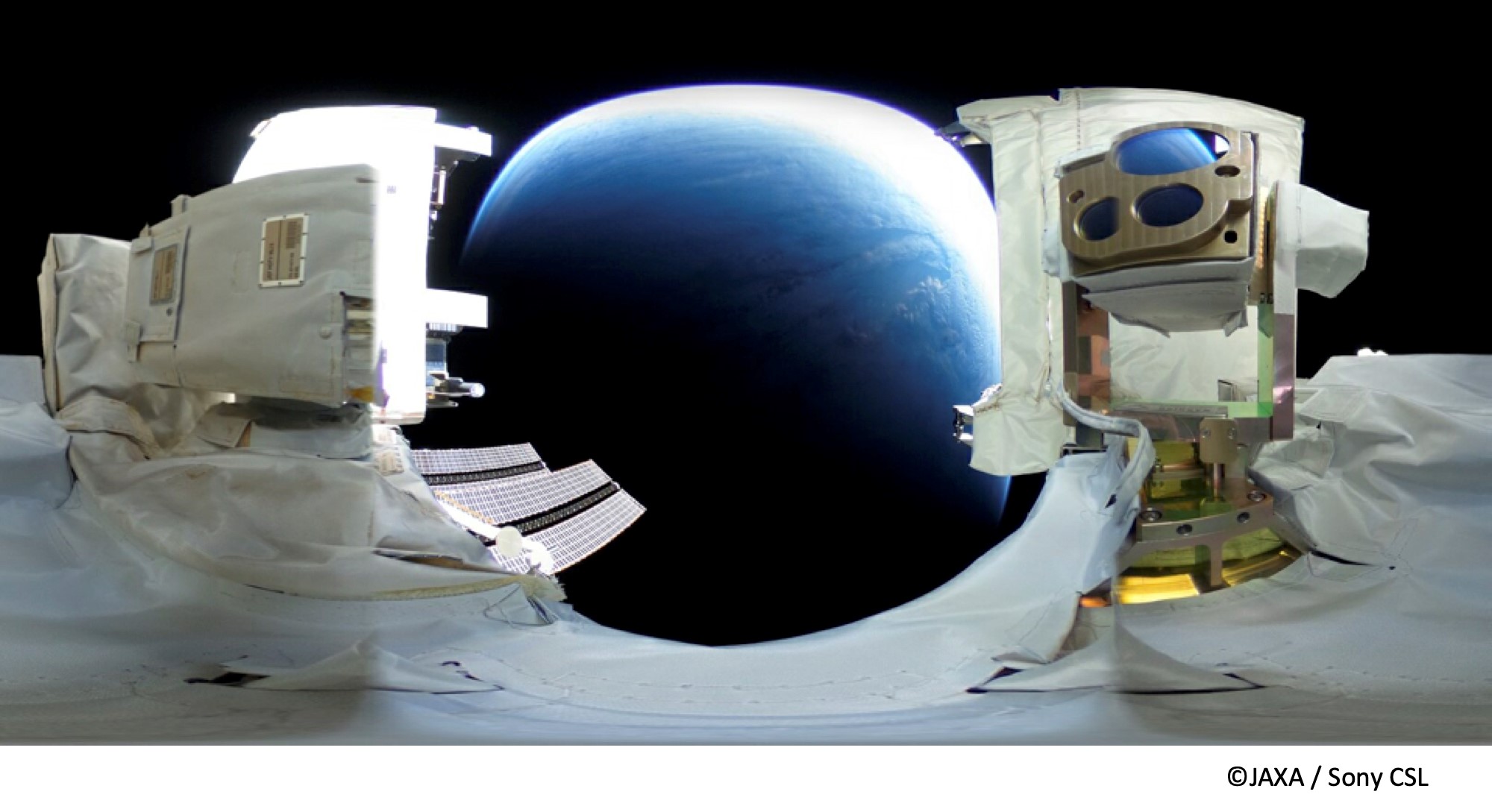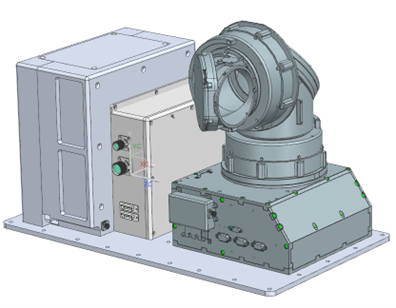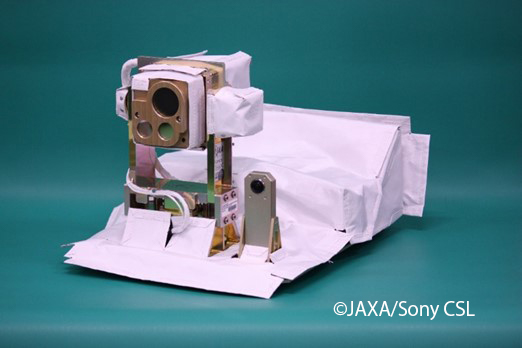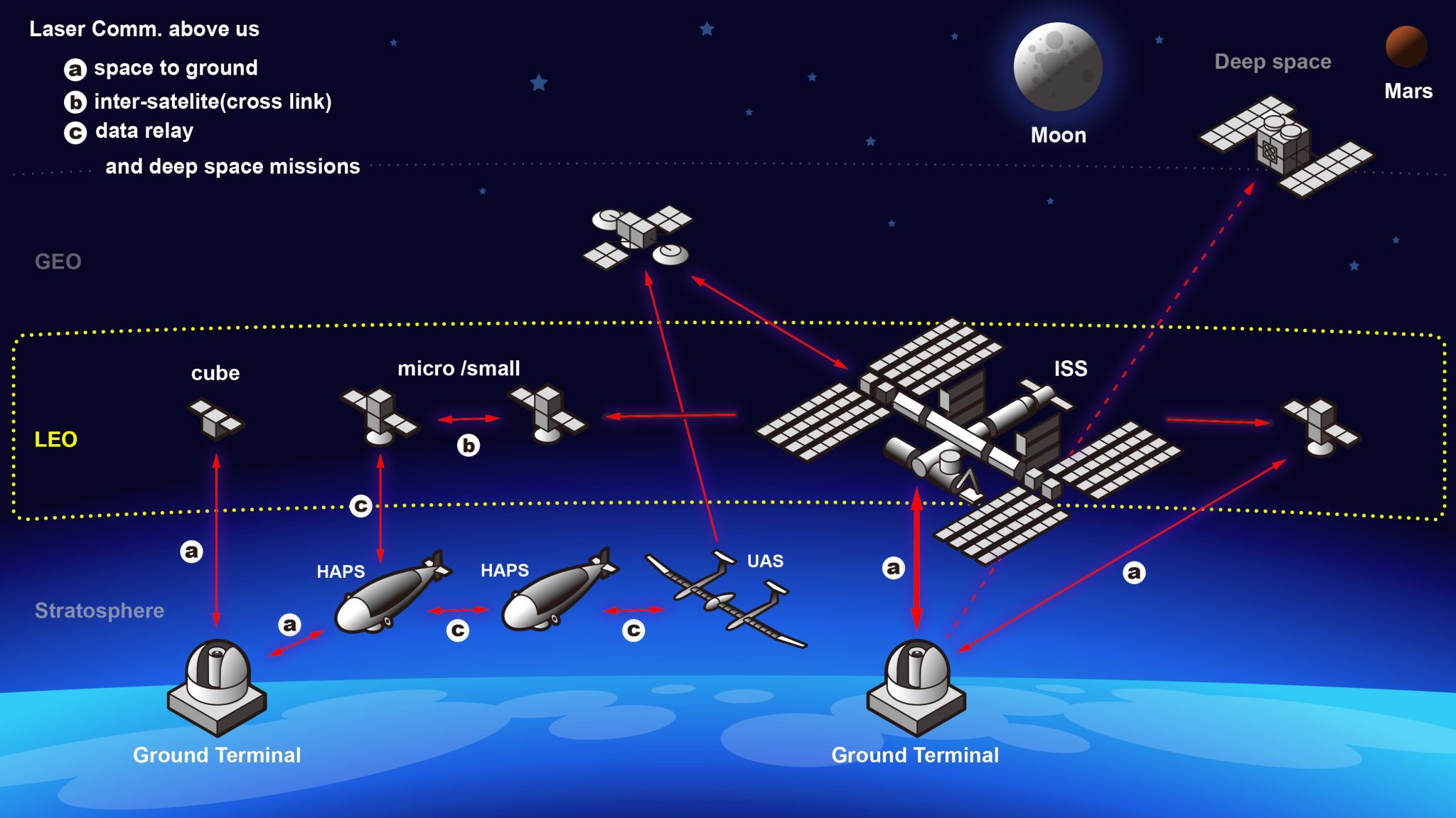概要
ソニーコンピュータサイエンス研究所(ソニーCSL) SOLプロジェクトのチームが開発した自由空間光イーサネット通信用誤り訂正技術が、宇宙データシステム諮問委員会(Consultative Committee for Space Data Systems: CCSDS)の予備検討規格(Orange Book)として文書化されました。
CCSDS 142.10-O-1 REED-SOLOMON PRODUCT CODE FOR OPTICAL COMMUNICATION
https://public.ccsds.org/Pubs/142x10o1e1.pdf
本技術はソニーCSL SOLプロジェクトが、国立研究開発法人宇宙航空研究開発機構(JAXA)の共通技術文書ワーキンググループ委員会活動の一環として、国際標準化団体である宇宙データシステム諮問委員会(CCSDS)の Optical Communications Working Group(SLS-OPT)にて提案していたものです。
特徴
今回規格文書化された技術は小型衛星光通信実験装置SOLISS(Small Optical Link for International Space Station)の誤り訂正の仕組みを改良したものであり、次のような特徴を持ちます。
・イーサネットフレームの全二重通信に対応
Generic Framing Procedure(ITU-T G.7041/Y.1303)を利用して内部的なペイロードをカプセリングすることにより、データリンク層プロトコルとして通常のイーサネットを利用することができます。民間企業の宇宙開発が拡大する中、独自のプロトコルを開発することなく地上で広く用いられている技術を利用できることは互換性向上、開発コスト削減などの観点から有用です。
・大気ゆらぎによる通信品質の劣化に対応
光ファイバーを伝送路とした通信システムと異なり、衛星地上間の自由空間光通信では大気ゆらぎによる通信品質の劣化を想定する必要があります。これは信号光の受信レベル変動となってバースト誤りを引き起こしますが、本技術では単体でもバースト誤りに強いリードソロモン符号を積符号の形に並べ、ブロックインターリーブにより送受信の順序を入れ替えることによってバーストエラー耐性を実現しました。また、積符号構造を利用した繰り返し訂正や消失訂正を行うことでさらなる訂正能力向上が見込めます。リードソロモン積符号は誤り訂正の電力効率にも優れており、小型衛星搭載に適した方式です。
信号光の受信レベル変動は受信データの同期にも影響を及ぼします。本技術はそのような状況下でも安定的に同期がかけられるように設計されたSYNCマーカーによる同期保護機構を備えていることに加え、通信信号の低域成分を除去することにより、大気ゆらぎと通信信号の周波数成分を分離できるようになっています。通信信号が低速の場合は8b10b符号を用いて十分な低域除去を行い、高速の場合にはフレーム同期型スクランブラで低域除去と符号化率の両立を実現します。
・通信路特性への最適化
衛星地上間通信では大気の状態によってバースト誤り長が変動します。本技術におけるブロックインターリーブ数は可変長になっており、長いバーストエラーが発生しうる状況でも十分な保護がかけられます。一方、衛星間通信では通信路は真空とみなせるためブロックインターリーブ数を削減することによって誤り訂正の遅延を低減することができます。通信信号そのものの他にsub-data領域と呼ばれるメタ情報の伝送領域を備えており、これを利用することで通信路特性に応じたインターリーブ数の動的調整を実現することも可能です。
背景
リードソロモン符号は1960年にMITリンカーン研究所のReedとSolomonによって開発されました。実際の通信方式としては1977年のボイジャー計画で初めて利用され、後にNASAの衛星探査器の標準符号化方式となりました。1980年代にはソニーとフィリップスが音楽用コンパクトディスク(CD)規格でリードソロモン符号を採用し、以後DVDおよびBlu-ray Discにおいても使い続けています。
SOLプロジェクトでは、光学ディスクにおける指紋や埃、傷などによるエラーと衛星地上間光通信における大気ゆらぎによるエラーの類似性に着目し、ソニーグループが研究開発を続けてきた誤り訂正技術を応用した光通信端末を開発しています。今回の規格文書化により、その技術が独自規格ではなくCCSDSの文書化プロセスを通った規格として一般公開されることとなり、宇宙光通信の相互運用性向上が期待できます。
参考文献
The Consultative Committee for Space Data Systems (CCSDS)
https://public.ccsds.org/default.aspx
JAXA CCSDS事務局
https://stage.tksc.jaxa.jp/ccsds/index.html
CCSDS 142.10-O-1
https://public.ccsds.org/Pubs/142x10o1e1.pdf
8b10b
https://patents.google.com/patent/US4486739A/en
Generic Framing Procedure
https://www.itu.int/rec/T-REC-G.7041/
■Overview
Free-space optical Ethernet communications error-correction technology developed by Sony Computer Science Laboratories, Inc. (Sony CSL) has been documented as an Experimental Specification (Orange Book) of the Consultative Committee for Space Data Systems (CCSDS).
CCSDS 142.10-O-1 REED-SOLOMON PRODUCT CODE FOR OPTICAL COMMUNICATION
https://public.ccsds.org/Pubs/142x10o1e1.pdf
This technology was proposed by the Sony CSL SOL project in the Optical Communications Working Group (SLS-OPT) of the Consultative Committee for Space Data Systems (CCSDS), an international standards organization, as part of Common Technical Document Working Group Committee Activities of the Japan Aerospace Exploration Agency (JAXA).
■Features
This technology documented as an Experimental Specification improves the error-correction mechanism of the Small Optical Link for International Space Station (SOLISS). It has the following features.
- Supports Ethernet-frame full-duplex communication
Ordinary Ethernet can be used as a Data Link Layer protocol by encapsulating the inner payload using Generic Framing Procedure (GFP) (ITU-T G.7041/Y.1303). As space development by private companies expands, the use of technology that is widely used on the ground instead of developing original protocols is beneficial from the viewpoint of improving compatibility and reducing development costs.
- Deals with degradation in communication quality caused by atmospheric fluctuations
In contrast to communication systems that use optical fiber as transmission paths, the degradation of communication quality due to atmospheric fluctuations must be considered in free-space optical communications between satellites and ground stations. Here, the received level of the signal light fluctuates causing burst errors to occur, but this technology achieved burst-error resistance by arranging Reed-Solomon code, which is robust to burst error by itself, in product code form and interchanging the order of sending and receiving signals by block interleaving. In addition, further improvement in correction performance can be expected by iterative correction using the product code structure and by erasure correction. Reed-Solomon product code also excels in efficient use of power in error correction making it a scheme applicable to mounting on small satellites.
Fluctuations in the received level of signal light can also affect the synchronization of received data. This technology is equipped with a synchronization protection mechanism based on SYNC markers designed so that synchronization can be stabilized even under such fluctuating conditions. It also enables the frequency components of the atmospheric fluctuations and communication signal to be separated by removing the low-frequency components of the communication signal. For low-speed communication signals, low-frequency components can be sufficiently removed using 8b10b code, and for high-speed signals, both low-frequency removal and code rate can be achieved by means of a frame synchronous scrambler.
- Optimization for communication channel characteristics
Burst error length fluctuates according to atmospheric conditions between satellites and ground stations. The number of interleaved blocks is variable length in this technology, so sufficient protection can be provided even under conditions in which long burst errors can occur. On the other hand, given that the communication channel between satellites can be treated as a vacuum, decreasing the number of interleaved blocks can reduce error-correction latency. In addition to the communication signal itself, this technology is equipped with a transmission area for meta-information called sub-data. This area can also be used for dynamically adjusting the number of interleaved blocks according to communication channel characteristics.
■Background
Irving S. Reed and Gustave Solomon of Massachusetts Institute of Technology’s Lincoln Laboratory developed Reed-Solomon code in 1960. It was first used as an actual communication system in the Voyager project in 1977 and subsequently became the standard coding system for NASA satellites and probes. In the 1980s, Sony and Philips adopted Reed-Solomon code in the compact disk (CD) standard for music playback, and it continues to be used in DVD and Blu-Ray Disk products.
Sony CSL focuses on the similarity between errors in optical discs caused by fingerprints, dust, scratches, etc. and errors in optical communications between satellites and ground stations caused by atmospheric fluctuations. It develops optical communication terminals that apply error-correction technologies researched and developed by the Sony Group. With this Experimental Specification, we expect this technology to be publically released as a standard through the CCSDS documentation process and not as a proprietary standard and to thereby improve interoperability in space optical communication. Looking to the future, Sony CSL will continue its research and development efforts toward the implementation of high-quality space communication systems.
■References
The Consultative Committee for Space Data Systems (CCSDS)
https://public.ccsds.org/default.aspx
JAXA CCSDS Office
https://stage.tksc.jaxa.jp/ccsds/index.html
CCSDS 142.10-O-1
https://public.ccsds.org/Pubs/142x10o1e1.pdf
8b10b
https://patents.google.com/patent/US4486739A/en
Generic Framing Procedure
https://www.itu.int/rec/T-REC-G.7041/

